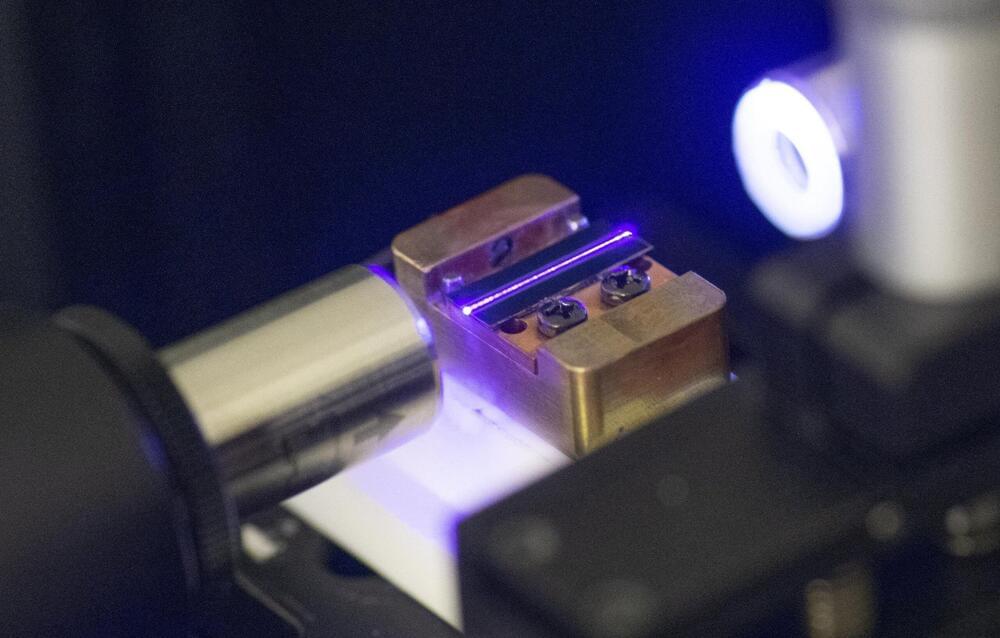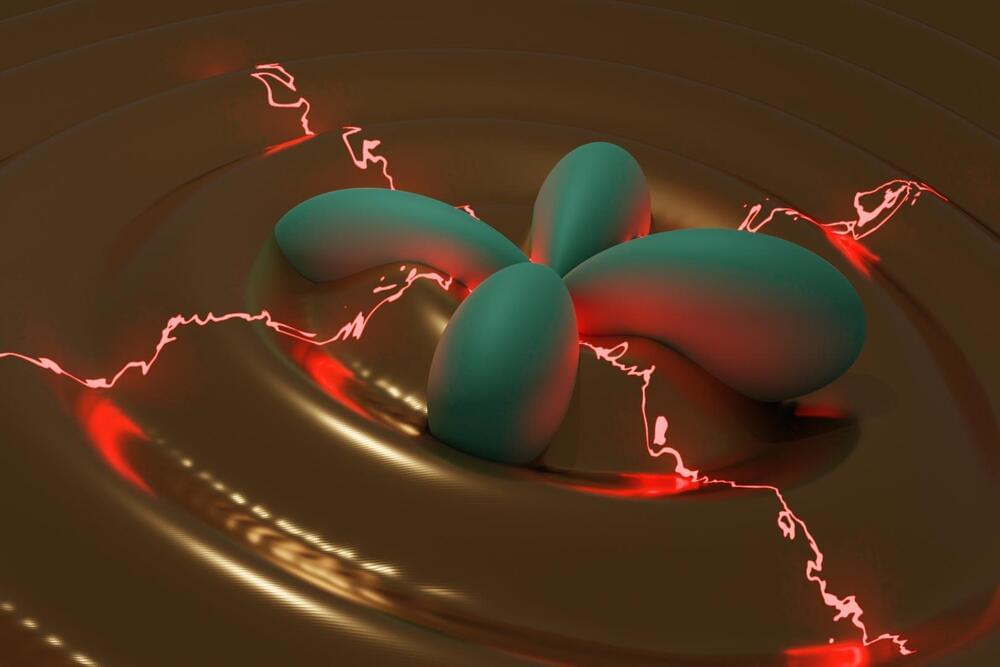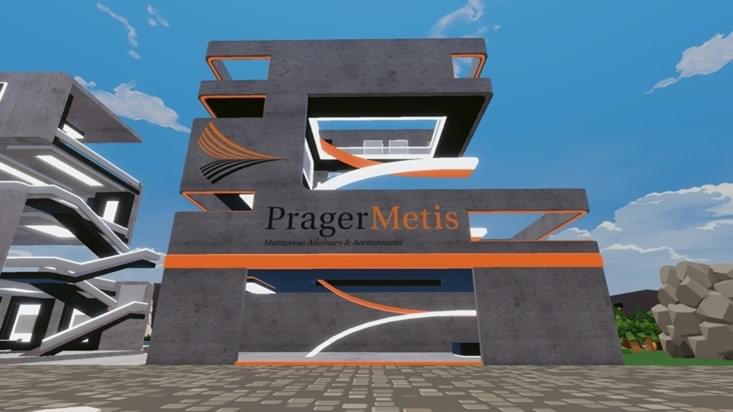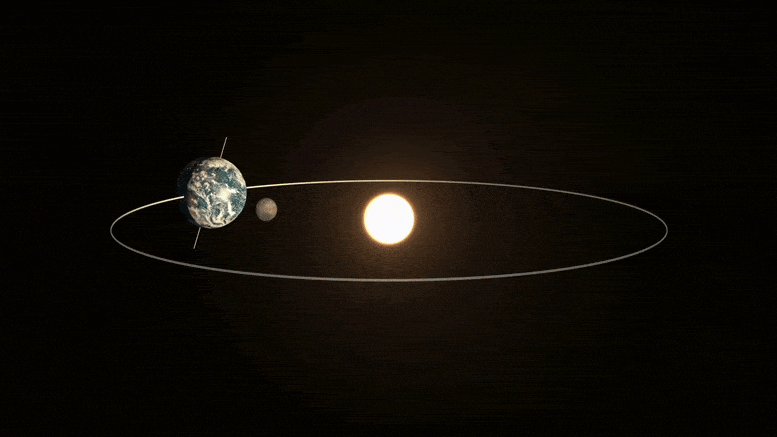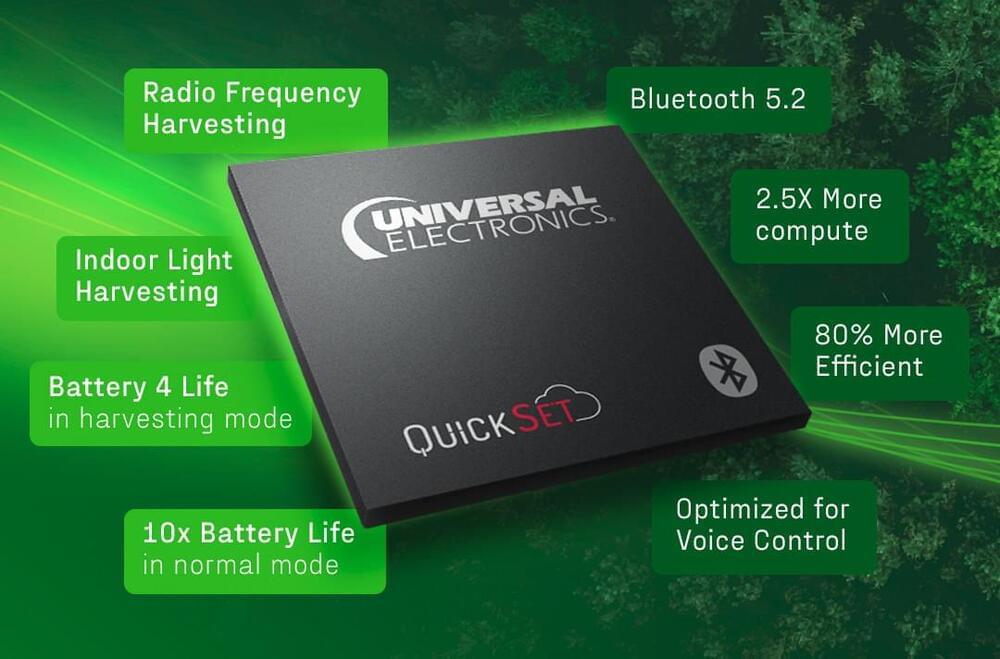Quantum computing is finally making its presence felt among companies around the world. Over the last few years, companies have shown interest in quantum computing but often couldn’t make definitive decisions on using the technology, as there was not enough research on its practical applications beyond the theoretical.
Nevertheless, 2021 has been a remarkable year for the quantum computing industry. Not only has there been more research on the potential use cases for the technology, but investments in quantum computing have shot up globally to boot.
While the US and China continue to compete with each other for supremacy in this evolving branch of computing, other countries and organizations around the world have slowly been playing catch up as well. And now, 2022 is expected to be the year whereby companies can start seeing quantum computing breakthroughs that could result in practical uses.
